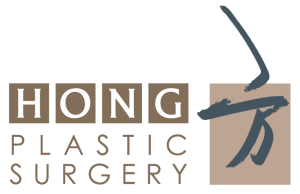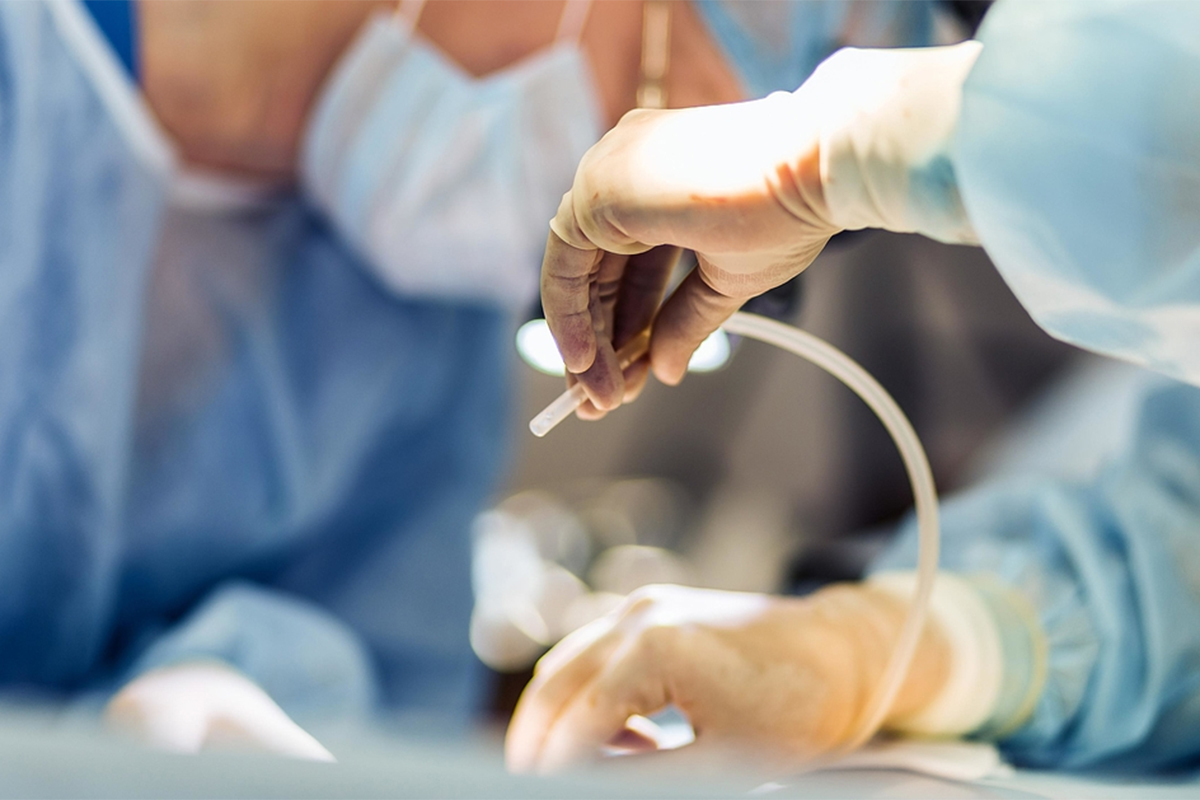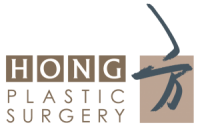Breast cancer is the most common cancer in women. Surgery to remove the breast is an important part of the treatment for cancer. After surgery, there may be a need for chemotherapy or radiotherapy. The breast plays an important part in the body image of a woman. As part of the rehabilitation for women with breast cancer, breast reconstruction is now available to help them restore their body image.
With the recent advances in surgery, the breast skin can be maximally preserved during the primary surgery (skin sparing mastectomy) and in combination with immediate reconstruction, better aesthetic and functional outcome may be achieved. In this way, the psychological trauma of losing the breast can be reduced.
There are generally three types of reconstruction. The first method uses an implant or expander implant. The second uses the patient’s own tissue from the abdomen and the third method uses muscle from the back together with an implant.
Expander Implant Technique – 2 stage
The expander implant technique is a 2 stage procedure whereby an expander is first placed under the chest muscle (pectoralis muscle) to expand the submuscular space and the overlying skin immediately after the skin sparing mastectomy. The expander is gradually inflated after the surgery as a clinic procedure. After completion of post-operative chemotherapy and or radiotherapy, the expander is removed and replaced with a permanent silicone implant. This 2 stage procedure gives a more natural result and reduces the risk of capsular contracture which is more frequent with immediate single stage implant reconstruction. It has an added advantage of shorter surgery, earlier recovery and no donor site scars or morbidity.
Autogenous Abdominal Flap (TRAM Flap)
The second method uses autogenous tissue from the abdomen (called the TRAM flap) to recreate a breast mould. An ellipse of skin and fat from the lower abdomen is raised as a flap together with one of the rectus muscle to ensure blood supply. The flap is pulled upwards into the chest wound through a subcutaneous tunnel. The defect in the abdomen is closed in a similar fashion as a tummy tuck or abdominoplasty. The flap is trimmed, shaped and inset into the chest defect to create a breast mount. This method has the fringe benefit of a tummy tuck. The procedure takes about 6 hours under general anaesthesia. Hospitalization for 4-5 days is required for rest and recuperation. The overall recovery time is about 2-3 weeks.
Latissimus Dorsi Muscle Flap with Expander or Implant
The third method uses the back muscle (latissimus dorsi muscle) as a soft tissue and skin cover for the implant which provides volume. An oblique incision is made in the back, the muscle is raised with an ellipse of skin paddle. The flap is tunneled subdutaneously into the chest to create a soft tissue envelope. An expander or implant is then placed in the new chest pocket to provide appropriate volume to balance the opposite breast. If an expander is placed, it will be expanded over the next few months to stretch the skin envelope. The procedure takes about 4 hours under general anaesthesia and hospitalization for about 2 days is required. The expander is then replaced with a permanent implant after the full expansion is achieved and after all the adjuvant treatment for breast cancer has been done.
Nipple-areolar Complex Reconstruction
The nipple and areola complex can be reconstructed in the second stage 6 months later after the completion of cancer treatment. The nipple can be reconstructed using a nipple graft from the opposite breast or a local skin flap. The areolar is created using a full thickness skin graft from the groin.
Contralateral Breast Surgery for Symmetry
Despite the best efforts to create a breast mount to match the opposite normal breast, it is frequently difficult to achieve full symmetry due to the opposite normal breast being too large and ptotic (breast droop). A reduction mammoplasty and mastopexy may be necessary to achieve better symmetry at a second stage.
Breast reconstruction has no effect on cancer recurrence and does not delay the detection of cancer recurrence. It does not delay or interfere with post-operative chemotherapy or radiotherapy. However there may be hardening of the reconstructed breast as a result of radiotherapy.






